Vango Isis V 600 Bruksanvisning
Läs gratis den bruksanvisning för Vango Isis V 600 (4 sidor) i kategorin tält. Guiden har ansetts hjälpsam av 43 personer och har ett genomsnittsbetyg på 4.3 stjärnor baserat på 22 recensioner. Har du en fråga om Vango Isis V 600 eller vill du ställa frågor till andra användare av produkten? Ställ en fråga
Sida 1/4
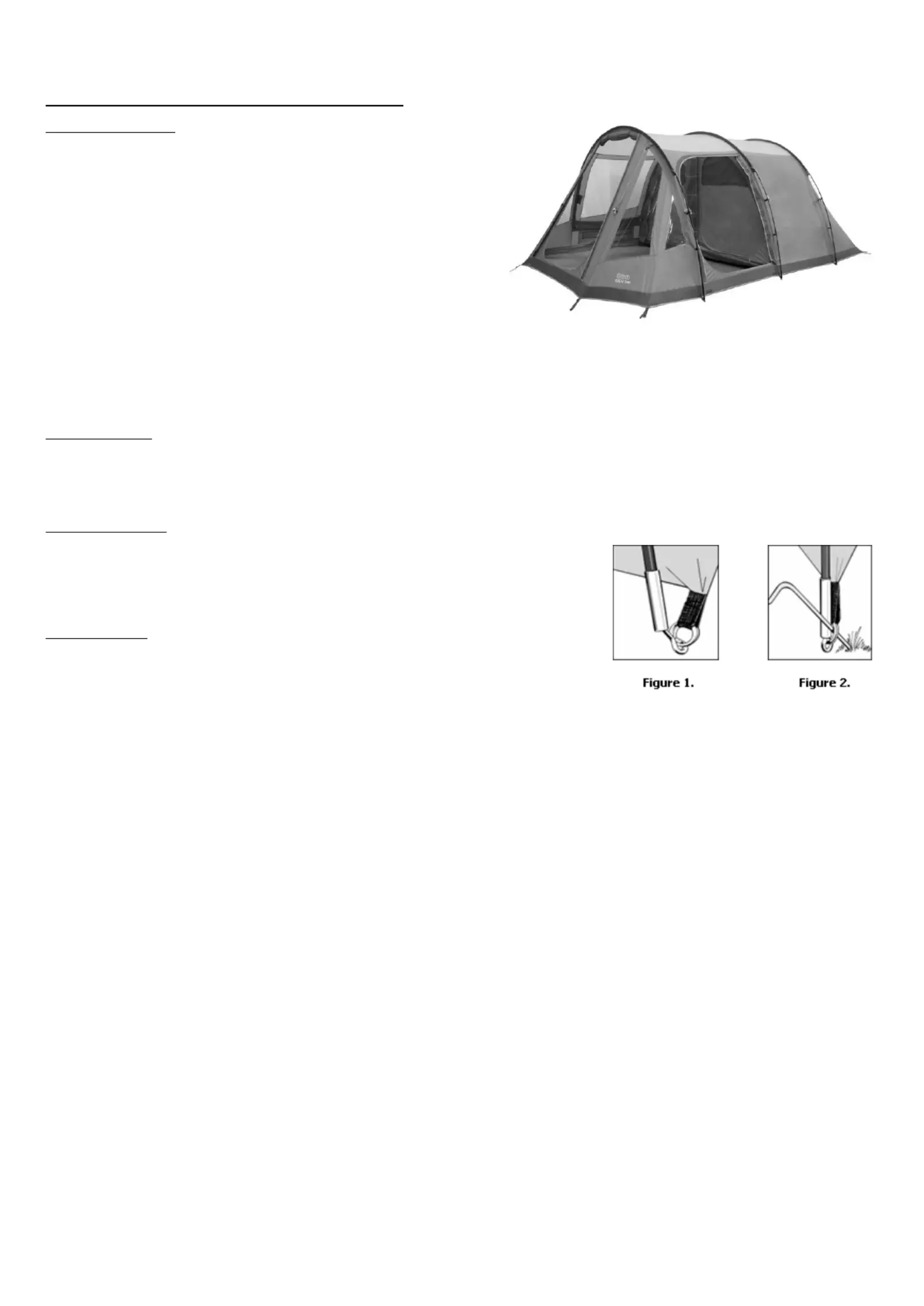
TENT PITCHING INSTRUCTIONS S 500/600 (UK) –ISI
FLYSHEET FIRST PITCHING:
• Assemble poles and lay them on the ground
• Open out flysheet and position in required direction
• Insert all poles through the pole sleeves on outside of fly sheet
• Poles are colour coded to match corresponding pole sleeve entry points
• Locate one end of each pole at one side of the tent into the metal pin system
attached to the groundsheet
• Make sure poles locate into correct pin system, all poles follow corresponding
flysheet seams to pin system
• Push poles into an arch from opposite ends and locate pole ends into
corresponding metal pin
• Tighten all the tensions straps at the base of the poles.
• Securely peg out the rear corners of the tent
• Pull the tent forward until taut and peg out the main corners at the other end of
the tent using the V pegs
• “Walk” flysheet forward, away from pegged points, until tent takes shape
• Pull the tent until the groundsheet is taut and peg out the main corners at the other end of the tent
• Ensure the tent is in a straight line
• Peg out the remaining poles and pegging points using pin pegs at the base of poles
• Attach all flysheet pole clips onto poles
• The groundsheet should be flat and wrinkle free
• Peg out ALL guy lines using pin-pegs ensuring that guy line fabric attachment points are evenly tensioned.
INNER ATTACHMENT:
• Open out inner tent inside flysheet and position doorways to correspond with the living area
• Suspend the inner by attaching toggles of inner tent through rings on inside of flysheet
• The inner attachments are colour coded to match the clips on the roof of the flysheet
• Do the rear first and work forward
• It is advisable to remove the inner when taking down the tent when wet.
TENSION BAND SYSTEM:
• Remove Tension Band System from pockets and attach into the corresponding clips at the apex of the
pole
• Adjust the straps until they are taut
• DO NOT OVERTENSION. Excess tension will alter the shape of the tent
• Tension bands are designed to stabilise the tunnel structure of the tent
• The bands are not required to be used in calm weather
RING & PIN SYSTEM:
• Locate one end of pole onto the corresponding metal pin (figure 1)
• Peg the corners of the tent through the metal rings using pin-pegs (figure 2)
• The ends of the short, straight pole locate into the brass eyelets behind the dome pole sleeve
…………………………………………………………………………………………………………………………………………………………………………………………………………
Produktspecifikationer
| Varumärke: | Vango |
| Kategori: | tält |
| Modell: | Isis V 600 |
Behöver du hjälp?
Om du behöver hjälp med Vango Isis V 600 ställ en fråga nedan och andra användare kommer att svara dig
tält Vango Manualer
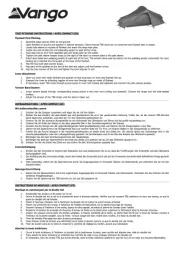
21 September 2025
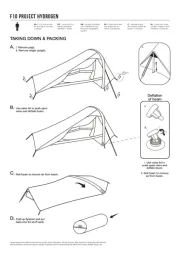
20 September 2025
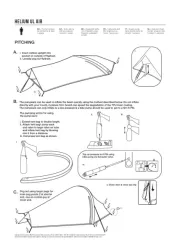
20 September 2025
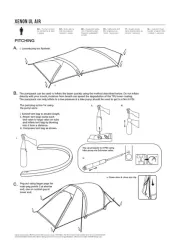
20 September 2025
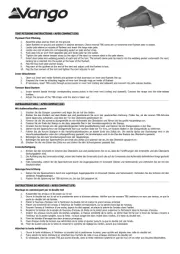
20 September 2025
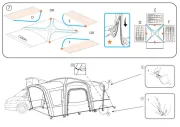
20 September 2025
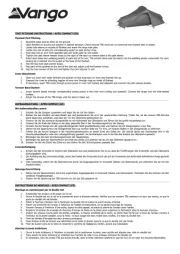
20 September 2025
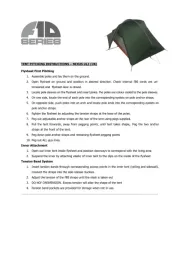
14 Augusti 2025
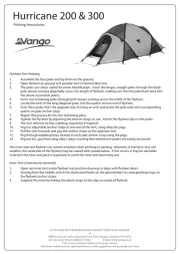
19 Juli 2025
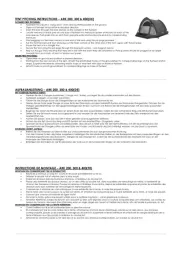
19 Juli 2025
tält Manualer
- Khyam
- Wynnster
- Thule
- Kathmandu
- Gerjak
- Wilderness Equipment
- Zempire
- Thermarest
- Black Diamond
- Trigano
- Trimm
- Dometic
- Raclet
- Tepro
- IKEA
Nyaste tält Manualer

16 Oktober 2025
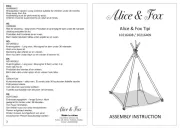
9 Oktober 2025
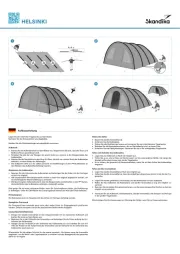
7 Oktober 2025
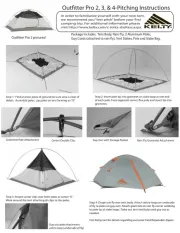
1 Oktober 2025
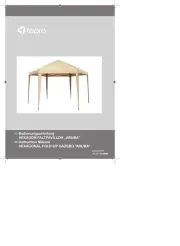
19 September 2025
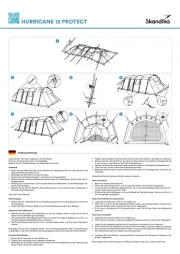
11 September 2025
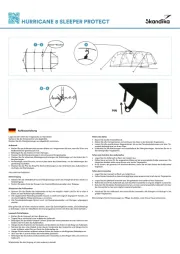
10 September 2025
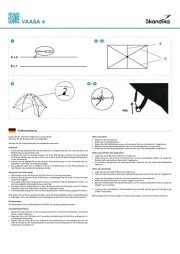
10 September 2025
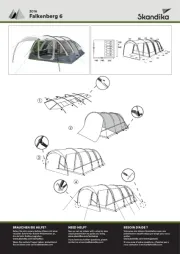
10 September 2025
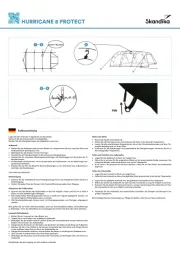
10 September 2025